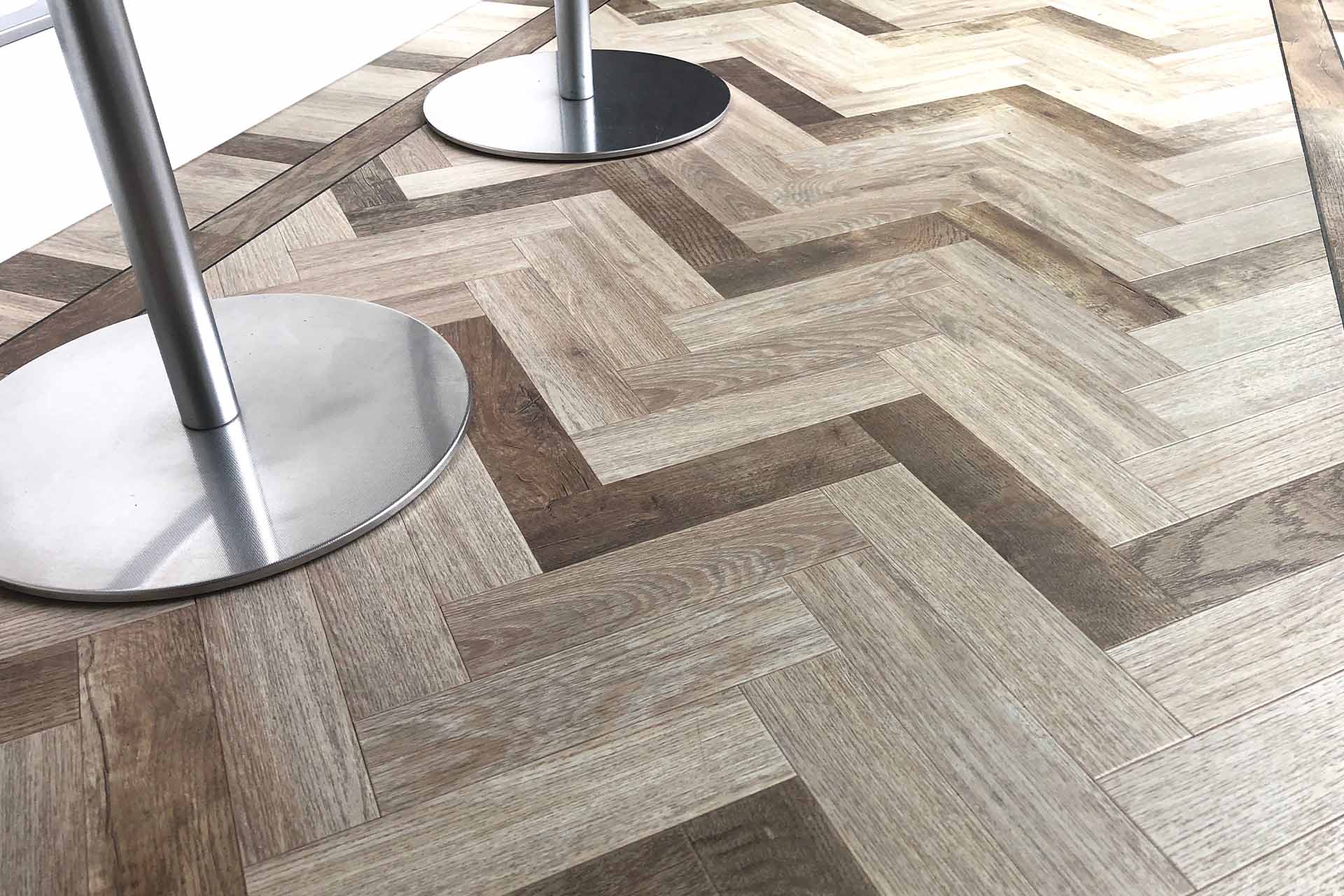Luxury Vinyl Tile (LVT) flooring has become a popular choice for homeowners and businesses alike due to its incredible versatility, durability, and stunning aesthetics. Whether you’re looking to renovate your home or upgrade your commercial space, LVT flooring has a lot to offer. In this comprehensive guide, we’ll explore everything you need to know about LVT flooring, from its benefits to installation and maintenance.
What Is LVT Flooring?
LVT flooring stands for Luxury Vinyl Tile, a type of flooring that mimics the look of natural materials such as wood and stone but offers enhanced durability and versatility. LVT is made of several layers, including a protective wear layer, a high-resolution printed design layer, a vinyl core, and a backing layer. This construction makes it resistant to scratches, moisture, and daily wear and tear.
Advantages of LVT Flooring
1. Realistic Appearance
LVT flooring comes in a wide range of designs and patterns, making it almost indistinguishable from real wood or stone. You can achieve the look you desire without the expense and maintenance requirements of natural materials.
2. Durability
One of the primary advantages of LVT flooring is its exceptional durability. It can withstand heavy foot traffic, making it an ideal choice for both residential and commercial spaces. Additionally, it’s resistant to stains, scratches, and dents.
3. Water Resistance
LVT flooring is inherently water-resistant, making it perfect for areas prone to moisture, such as bathrooms and kitchens. Its moisture resistance also makes it easy to clean and maintain.
4. Easy Installation
LVT flooring typically comes in either click-and-lock or glue-down installation options. Both methods are relatively easy, making it a great choice for DIY enthusiasts.
5. Comfort and Warmth
LVT flooring is warmer and more comfortable underfoot compared to natural materials like stone or ceramic tiles. It provides a cozy atmosphere in any room.
Installation Process
Installing LVT flooring is a straightforward process, especially if you choose the click-and-lock method. Here are the basic steps:
Prepare the Subfloor:
Ensure that the subfloor is clean, dry, and level. Any irregularities in the subfloor can affect the installation.
Acclimate the Tiles:
Leave the LVT tiles in the room where you plan to install them for at least 24 hours to allow them to acclimate to the room’s temperature and humidity.
Start from the Center:
Begin laying the tiles from the center of the room and work your way outward. This ensures a balanced and visually appealing layout.
Interlock the Tiles:
For click-and-lock LVT, simply interlock the tiles by aligning the edges and pressing them together. For glue-down LVT, use the recommended adhesive and follow the manufacturer’s instructions.
Trim the Edges:
Use a utility knife or a specialized cutting tool to trim the tiles along the walls and edges to achieve a clean finish.
Add Transition Strips:
Install transition strips at doorways and between different flooring types to create a seamless transition.
Maintenance Tips
Maintaining LVT flooring is a breeze:
Regularly sweep or vacuum to remove dust and dirt.
Clean spills promptly with a damp cloth.
Use a pH-neutral vinyl floor cleaner for deeper cleaning.
Avoid using abrasive cleaning tools or harsh chemicals that can damage the surface.
FAQs
Q: Is LVT flooring suitable for bathrooms?
A: Yes, LVT flooring’s water resistance makes it an excellent choice for bathrooms.
Q: Can LVT be installed over existing flooring?
A: In many cases, yes, LVT can be installed over existing flooring if the subfloor is in good condition.
Q: How long does LVT flooring typically last?
A: With proper care and maintenance, LVT flooring can last up to 20 years or more.
Q: Can LVT flooring be installed in radiant heating systems?
A: Yes, LVT is compatible with radiant heating systems and retains heat well.
Q: What are the environmental benefits of LVT flooring?
A: LVT is often considered a more sustainable option compared to natural materials, as it doesn’t require the harvesting of trees or quarrying of stone.
Q: Can I install LVT flooring myself, or should I hire a professional?
A: LVT flooring is DIY-friendly, but hiring a professional installer can ensure a flawless finish, especially for larger or complex projects.
Conclusion
Luxury Vinyl Tile (LVT) flooring offers the perfect blend of style, durability, and affordability. Whether you’re looking to upgrade your home or business space, LVT is a versatile flooring option that can transform any room. With its realistic appearance, ease of installation, and minimal maintenance requirements, it’s no wonder that LVT flooring continues to gain popularity. Consider LVT for your next flooring project and enjoy the benefits of a beautiful, long-lasting floor that can withstand the test of time.










